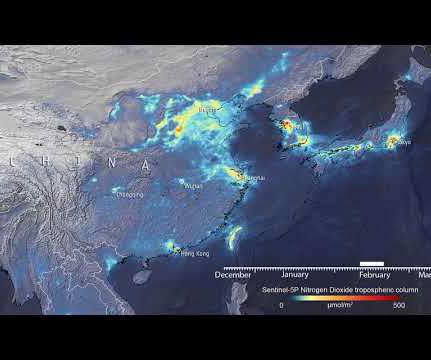Satellite data show resurgence in NO2 emissions over China
Green Car Congress
MARCH 20, 2020
The satellite carries the Tropomi instrument to map a multitude of trace gases such as nitrogen dioxide, ozone, formaldehyde, sulfur dioxide, methane, carbon monoxide and aerosols. ©ESA/ATG Sentinel-5 Precursor is the first Copernicus mission dedicated to monitoring the atmosphere. ©ESA/ATG medialab.
















Let's personalize your content